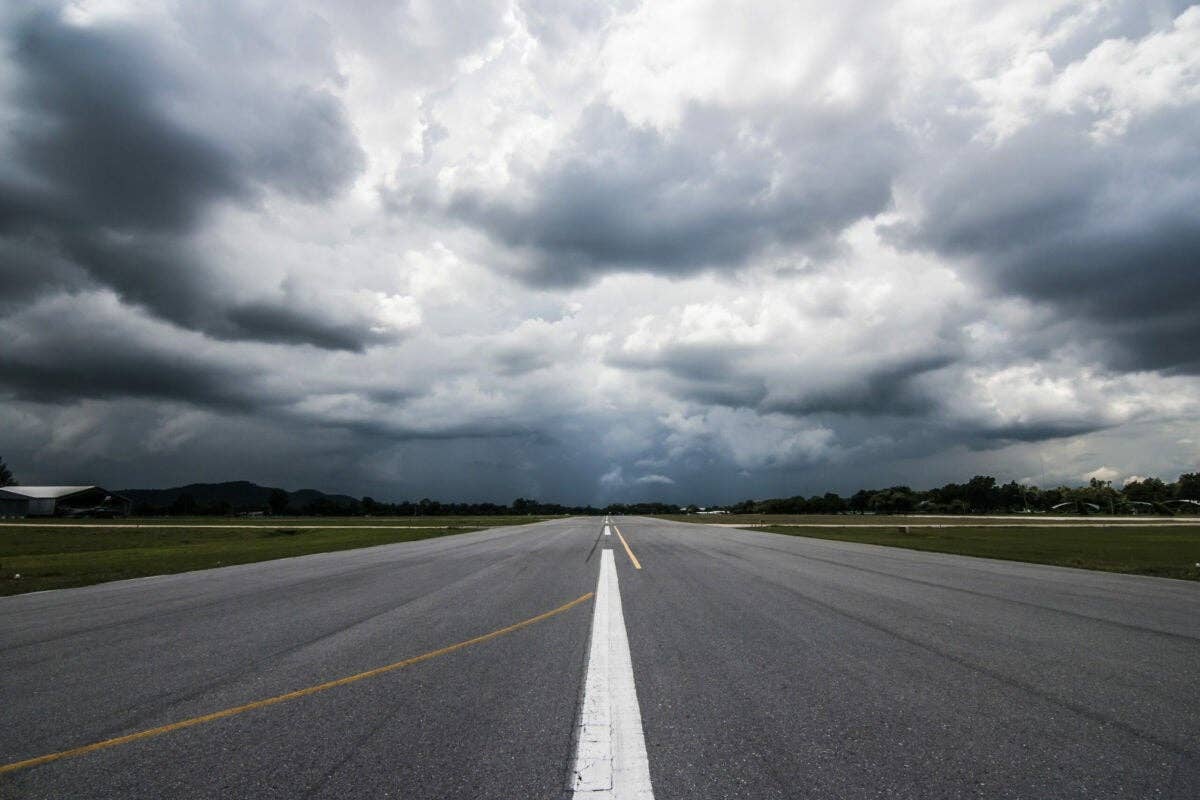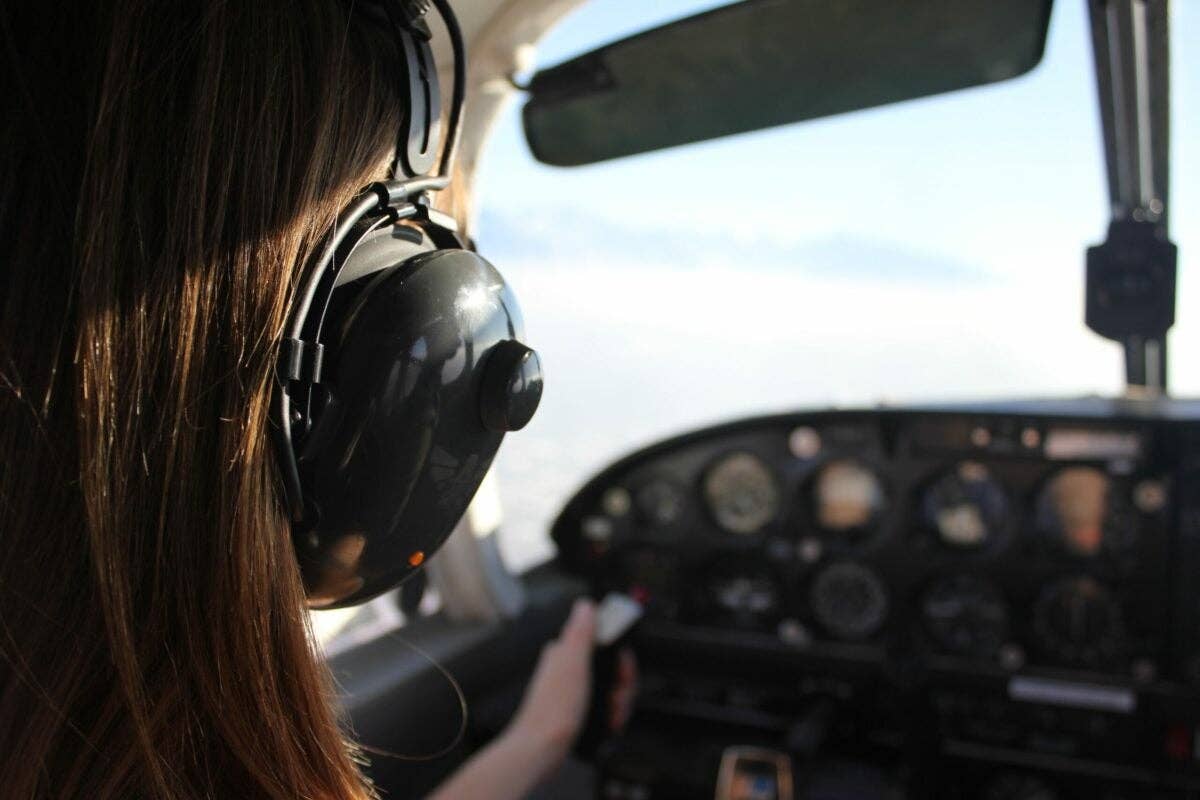
Illustrations by Adam Grason
It's every passenger's worst nightmare. The flight is going smoothly and then, out of nowhere, the pilot convulses and passes out at the controls. Suddenly, the front-seat passenger is faced with the most daunting challenge he or she may likely ever face: to control the airplane and land it safely in more or less one piece, and walk away with only a bad memory.
Most general aviation pilots have people they fly with regularly. Spouses, business associates and friends are often our most frequent flying companions, yet these passengers usually have little or no actual hands-on experience with an airplane. What pilots see as virtually instinctive control inputs are often totally foreign to our passengers, making a successful outcome in the event of an unconscious pilot often doubtful at best.
Fortunately, these incidents don't occur very often. In fact, pilot incapacitation accounts for only a tiny percentage of all accidents, but several recent news reports of pilots dying in crashes after losing consciousness while in flight remind us all that the risk, though small, is very real.
Nonpilots can, in the event of an emergency, take over the controls and bring an airplane down to a successful landing, but it's not easy. A little training, even informally, can greatly increase the odds of a happy outcome and should be considered by anybody who flies regularly with a pilot in a private plane.
Training frequent passengers to routinely serve as the radio operator makes the flight more interesting and relieves the mic fright often experienced by new pilots and passengers, taking the mystery out of talking to ATC.
Here are 10 things every frequent passenger should consider knowing how to do for greater peace of mind while flying:
1. PULL THE PILOT BACK AWAY FROM THE CONTROLS
Unconscious or incapacitated pilots often slump forward or move uncontrollably, pushing and pulling on the yoke and causing the airplane to go into an unusual attitude. Knowing how to move the pilot seat back quickly, without fumbling for the seat release, could be a lifesaver. So could reminding the pilot to keep his or her seat belt and harness fastened securely at all times.
2. STAY STRAIGHT AND LEVEL, AND MAKE TURNS AND DESCENTS
All frequent fliers should spend a couple of hours with a pilot or flight instructor to learn the basics of pitch, power, bank and trim. Keeping the airplane stable in the air will improve the confidence of the emergency pilot and let him move on to other tasks. Pilots should consider letting their interested passengers fly the airplane, at least a little, during every VFR flight.
3. USE THE RADIO AND AVIONICS IN THE AIRPLANE
Most of the time, the only lifeline for emergency pilots will be ATC. Frequent-flying nonpilots should know how to change frequencies on the radio, and how to activate the microphone from the passenger seat. They should know that 121.5 is the emergency frequency that they can turn to if all else fails. They should also know to just talk, to not worry about using the right lingo. They should also be able to turn the autopilot on and off and program the GPS to go "direct to" someplace close (preferably with a long runway). Many pilots have their passengers serve as navigators, and many front-seaters get very proficient with the GPS. This is a great practice and should be encouraged, not only for safety but also to ease the workload on the pilot and make flying more fun for all.
4. IDENTIFY AND INTERPRET KEY GAUGES ON THE PANEL
This will not only let the passenger fly the airplane better, but will also give emergency personnel the information they need in deciding on a course of recommended action. Like controlling the airplane, the ability to effectively read and interpret these instruments depends on frequent practice. Asking the passenger to point out the various instruments in flight and to identify what they're indicating can help keep him or her focused and bring the passenger closer to being a valued (though unofficial) crew member.
5. RECOGNIZE AN AIPORT FROM AN AERIAL PERSPECTIVE
Identifying airports from the air can be a challenge, even for some experienced pilots. For novices, it can be downright impossible if they haven't had some training and frequent practice. Pilots should have their passengers pick out airports along the route of flight, making it a game to see who can find the most airports. To make it even more fun, the passengers could read the chart and identify which airports they're seeing. They could learn to read the frequencies and learn how to tell controlled airports from uncontrolled. It's really not that difficult, and just a few minutes of training and an inflight game could make all the difference someday.
6. LINE UP ON A 2-MILE FINAL TO A RUNWAY
Getting the airplane positioned for a landing is critical, and a long final approach will provide more time to make adjustments to speed and altitude. A good CFI should teach nonpilots to fly a broad circle to the extended centerline of the runway (or better yet, make a long straight-in) and get the airplane set up for a glidepath. Nonpilots should learn to give themselves plenty of room to maneuver and make changes. They don't need to learn the traffic pattern and all its complexities. The focus here should be on aircraft control and runway alignment, period.
7. CONTROL SPEED AND FLY A STABLE FINAL APPROACH
The nonpilot should be taught how pitch and power control speed and altitude, and should be shown how to keep the speed toward the middle of the green arc on the airspeed indicator. The instructor should teach the nonpilot how to set power to establish a gentle glidepath toward the runway and should point out the VASI or precision approach path indicator (PAPI) system and how it works. The nonpilot should be given plenty of hands-on practice in establishing a controlled glide, a critical component of any successful landing.
8. ESTABLISH A LEVEL FLIGHT ATTITUDE ABOVE THE RUNWAY
This is by far the hardest part for most nonpilots; even student pilots with 10 or more hours of training often find it difficult to tell just how high above a runway they are. Instructors should have the passenger call out altitudes during the final seconds of flight (20 feet ... 15 feet ... 5 feet) and let him get a feel for when to round out. Nonpilots should practice transitioning from final approach to round-out and should develop a feel for just how high to pull the nose up in order to fly level. Again, an hour or two of training can make this step much easier for the nonpilot to understand, and occasional recurrent practice will keep those skills as sharp as they need to be.
9. CUT THE POWER AND KEEP THE NOSE OF THE AIRPLANE LEVEL
Landing with a little power on is not a terrible thing, but if the emergency pilot can land with power off near stall speed, that's even better. The main point is to keep the nose as close to level as possible and let the airplane do its thing. The airplane will eventually touch down, and the important point is to make sure the wheels touch before the wing or prop. Again, occasional practice keeps these skills in tune.
10. STEER AND STOP THE AIRPLANE ON THE GROUND
Once the wheels are firmly planted on terra firma, brakes will get the airplane stopped. If the emergency pilot has been communicating on the radio, odds are that emergency personnel will be on hand to greet the aircraft and take care of the incapacitated pilot. If nobody on the ground is expecting the aircraft, the emergency pilot and passengers will be on their own to evacuate the aircraft and call for help. A critical point is for everybody to get out of the airplane as soon as it is stopped and let EMS personnel attend to the incapacitated pilot.
In the event of an emergency, nonpilot passengers should take the mic and tell ATC, "I'm flying somewhere near [location] and the pilot has passed out. I'm not a pilot. Please help me."
THE PASSENGER'S CHECKLIST
An emergency checklist written specifically for the trained nonpilot should be within reach of the front-seat passenger at all times, and its location should be part of every preflight briefing. This checklist should include basic procedures to remind the frazzled passengers-turned-pilots of the skills they learned during their training. A brief radio script that the pilot can simply read into the radio during an emergency situation could be a very valuable part of this checklist.
SIGNING UP FOR A PINCH HITTER COURSE
The Aircraft Owners and Pilots Association provides an informative and interactive online "Pinch Hitter" course through the Air Safety Institute (available at no charge at aopa.org/asf), and many flying clubs, flight schools and pilot groups provide periodic seminars and inflight training opportunities for nonpilot passengers. Check your local airport for details on what's available in your area and encourage your frequent fliers to take a course.
SAVING THE DAY
With good initial training and occasional recurrent practice, it should be possible for most people to fill in for the unconscious pilot and land an airplane successfully. Landing is not rocket science, and keeping the airplane in an acceptable attitude while speed and altitude bleed off over the runway is a fairly simple skill if taught properly. Pilots can do much of the passenger training themselves (such as using radios and finding airports), but a good CFI should be brought in to teach aircraft control and how to establish a good landing attitude.
These suggested skills are by no means the last word. Passengers should be encouraged to take as much flight and recurrent training as possible and to practice the skills they learn regularly. Pilots should be generous with the controls and should think of themselves as tour guides and teachers as well as aviators.
Get online content like this delivered straight to your inbox by signing up for our free enewsletter.

Sign-up for newsletters & special offers!
Get the latest FLYING stories & special offers delivered directly to your inbox






